The Bikram Sambat calendar is said to have been established in 57 B.C. and is used primarily in Nepal, with some regional variations also used in parts of India, such as the state of Sikkim.
The Bikram Sambat year consists of 12 months, each with either 29 or 30 days. The months are: Baishakh, Jestha, Asadh, Shrawan, Bhadra, Ashwin, Kartik, Mangsir, Poush, Magh, Falgun, and Chaitra. The year starts in mid-April and has a total of 365 days, which is roughly 56.7 years ahead of the Gregorian calendar.
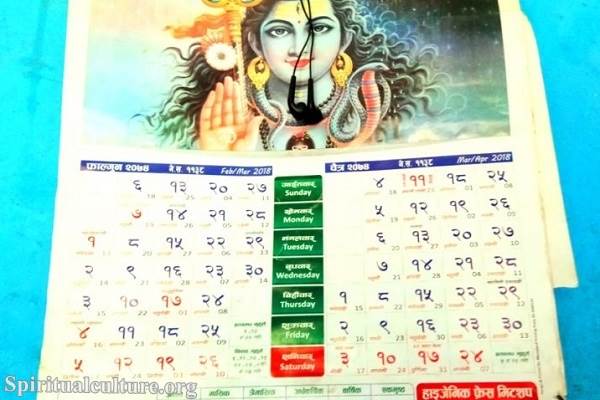
One of the unique features of the Bikram Sambat calendar is that it incorporates both lunar and solar elements, as it follows the movements of both the moon and the sun. This results in a year that is approximately 11 days shorter than a solar year, which is why the B.S. year is adjusted by adding an extra month approximately every three years. This extra month, known as “Adhik Maas” or “Purushottam Maas,” is inserted between the months of Ashwin and Kartik.
The Bikram Sambat calendar is widely used in Nepal to determine the dates of traditional festivals and ceremonies. Some of the important festivals celebrated in the B.S. calendar include the Nepali New Year (Nepali: Naya Barsha), Dashain (Nepali: Bijaya Dashami), Tihar (Nepali: Deepawali), Maghi, and Fagu Purnima.
The Nepalese government uses the Bikram Sambat (BS) calendar as its official calendar. This calendar is a traditional calendar of Nepal, primarily based on the observation of the Sun’s position, and is used in various national activities, including traditional festivals and national holidays. While international events and businesses may use the Gregorian calendar, the Bikram Sambat calendar remains the officially recognized calendar by the government of Nepal.

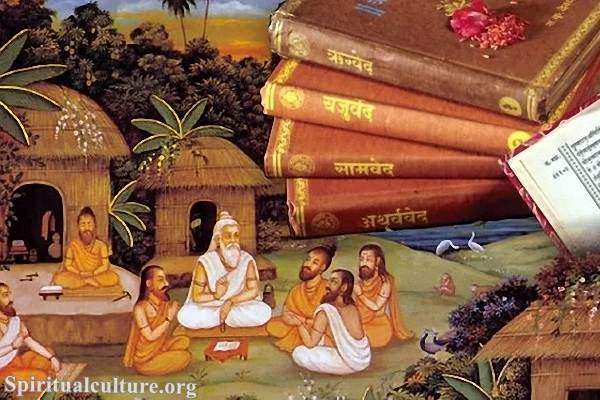
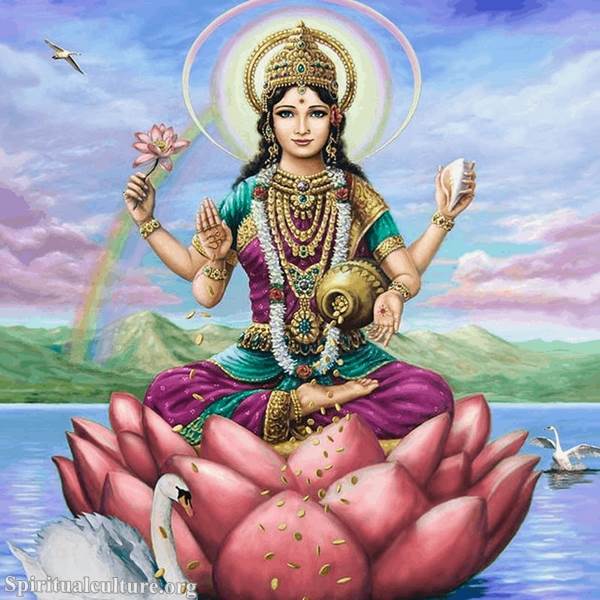
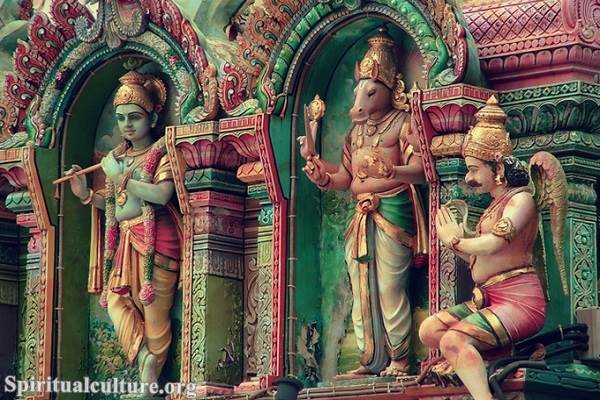
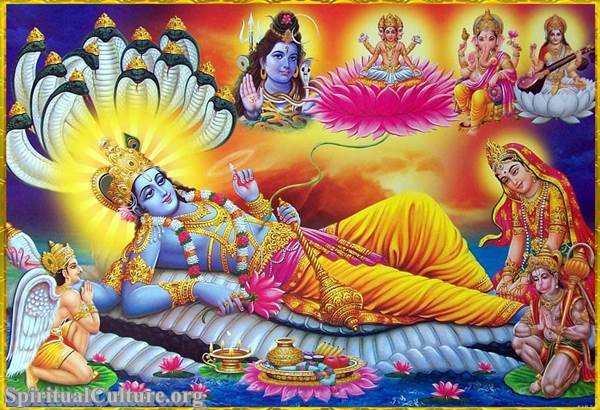
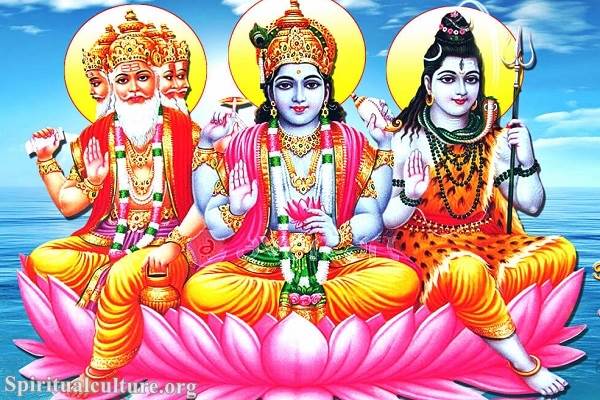
Government of nepal use Bikram sambat as official calendar not Gregorian calendar.
thanks